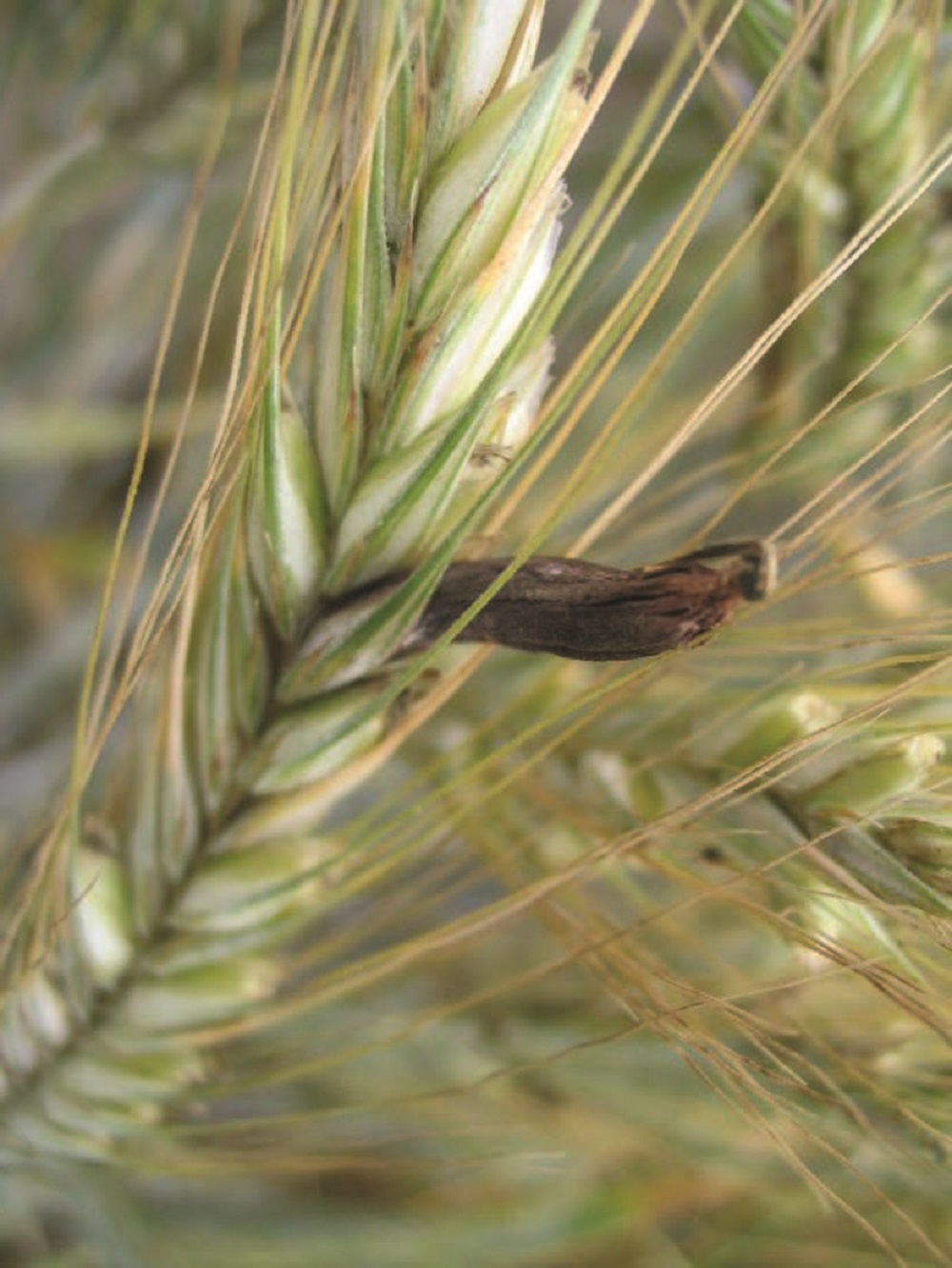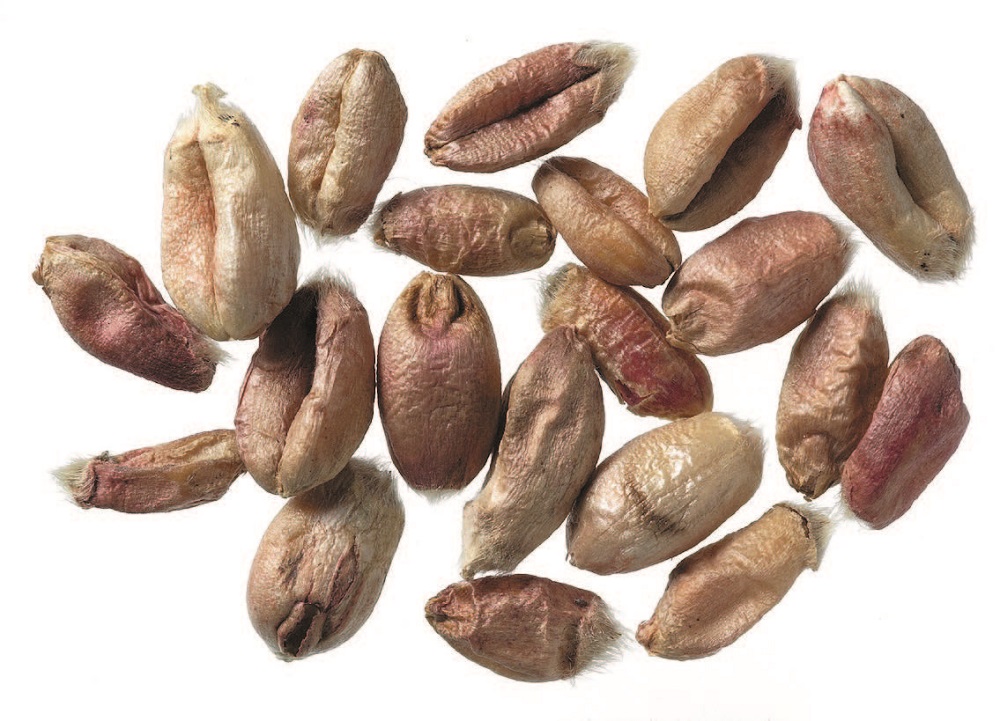Farmers warned of potential risk to livestock posed by fusarium and ergot in grain
Monday, 22 July 2024
We are encouraging UK livestock farmers to be familiar with how to spot for signs of ergot and fusarium, as there could be an increased presence of the two types of fungi in grain harvested this summer.
Instances of ergot and fusarium are likely to have increased because of the wetter than average weather during the 2024 growing period.
Although harvested crops being processed through a mill will be thoroughly checked, the risk remains where grain is being used directly on farm to feed livestock.
Ergot, which can affect wheat, barley, rye, triticale and oats, is particularly toxic and has the potential to make humans and livestock seriously ill.
It can constrict blood vessels and damage the nervous system, resulting in seizures, loss of muscle strength, poor co-ordination and in the most severe cases, death. Lameness is often the first sign, followed by an increase in temperature and respiratory rate.
Ollie Johnson, AHDB Head of Farming Systems and Agronomy, says:
"At harvest, ergot can be found as a hard, black mass in place of the grain and can be mistaken in a heap for rodent faeces. The only effective way to remove it from a pile is by using a colour sorter which can be sourced through many mobile seed treatment companies.
"In the field, there is no easy solution to remove ergot other than to use an appropriate seed treatment at drilling, though managing grassweeds and good rotations can help – unfortunately this is much too late for harvest 24."
Find out more, including what to look out for
Fusarium can affect all the major cereal crops (wheat, barley, oats), as well as maize. It releases mycotoxins and is particularly dangerous to both humans and livestock.
In cattle, fusarium poisoning can reduce feed intake by reduced appetite, hamper immune system health and cause gastrointestinal irritation.
Extensive rainfall during the flowering period, which is around late May and early June, as was the case in many areas of the UK this year, increases the risk of this infection.
Ollie added:
"For cereal crops out in the field, farmers should be looking for 'white heads', which are ears that appear to have gone white while the rest of the plants appear greener.
"Once harvested, contaminated grains will appear shrivelled with pink tips and/or black patches and are impractical to be removed."
Maize grown in a continuous rotation, and wheat after maize is particularly high risk.
Wheat crops that didn’t receive a fusarium active fungicide, such as Prothioconazole or Pydiflumetafen, at or before flowering should be closely investigated ahead of harvest this year.

Ergot in barley

Pink grains indicate possible fusarium infection
Topics:
Sectors:
Tags:

